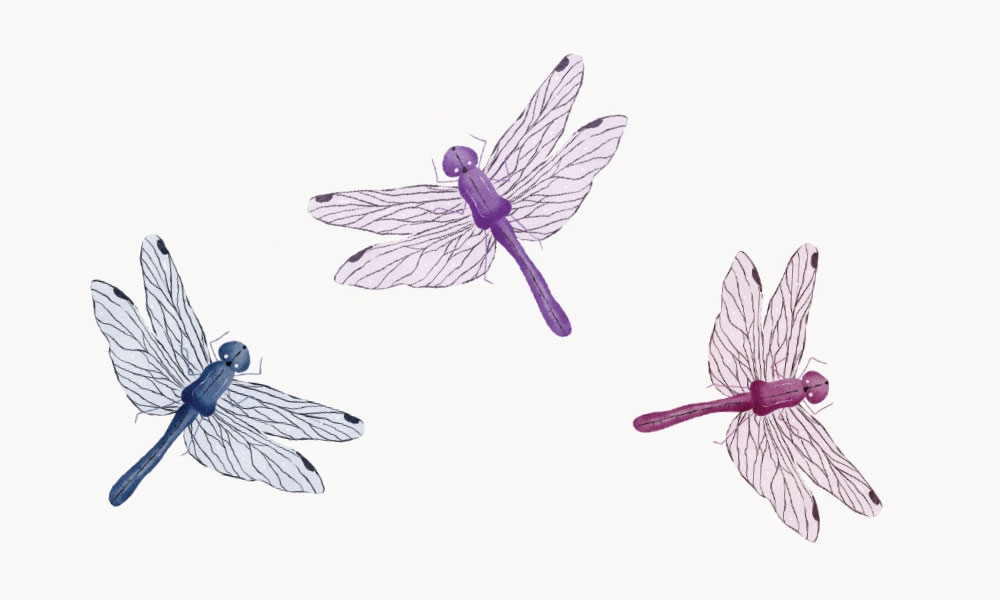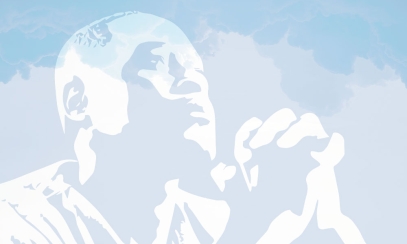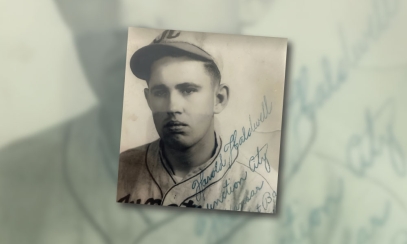
Are we body or spirit?
For at least six millennia, philosophers have assumed we are made up of body and spirit (or soul) and then argued which took primacy over the other. While not harboring any illusions that folks do much pondering of this cerebral topic today, if pressed on the issue, they would probably say they are primarily bodies with spirits (or souls) tucked inside.
For at least six millennia, philosophers have assumed we are made up of body and spirit (or soul) and then argued which took primacy over the other. While not harboring any illusions that folks do much pondering of this cerebral topic today, if pressed on the issue, they would probably say they are primarily bodies with spirits (or souls) tucked inside.
Socrates thought otherwise, according to Peter Kreeft’s Ethics for Beginners. Old Soc said that to “know thyself” is to know the soul. You only “have” a body, but you “are” a soul. The Stoics would agree that we are essentially souls with bodies attached.
However, Aristotle, he of the “Golden Mean” — always compromising and taking the middle ground — took issue with this and insisted we are bodies and souls, refusing to make a weighted distinction.
The Epicureans, a hedonist group focused primarily on bodily pleasures, were all in for the body over the soul.
Ourselves and others
Spirit over body struck me as a new way of looking at existence, thanks to a homily from Father Ronald J. Farrell, retired diocesan priest. Perhaps I am a spirit right from the git-go, and this body was simply hung on me in utero, as a necessary ornament or vehicle for emerging into and living in the outside world.
The concept also bids me to look at others differently. They, too, are spirits encapsulated in imperfect bodies they must lug around. It is also likely that their spirit and my spirit are more alike than our bodies are. So, I should look deeply for their spirits, rather than simply evaluating them bodily.
Resurrected bodies or spirits
St. Thomas Aquinas said that our resurrected bodies will be glorified, spiritual (i.e., spirit-like) bodies, according to Kevin Yost’s The One-Minute Aquinas. Perhaps we are those spirits right now, and we will just exchange our imperfect bodies for a perfect version in eternity.
Bishop Robert Barron recently wrote: “Our faith is that God will clothe the soul in a new and higher body. … Here we might rely on the musings of John Polkinghorne, the Christian physicist, who appreciates the soul as the “form” or pattern of the person (that) God … reconstitutes at a higher level … much as … a photograph could be preserved in a computer’s memory and then reproduced in a new way.”
The important thing to me is that I am primarily a spirit, right here in the present. Whatever happens with my body, who cares? As Jesus says in Matthew’s Gospel, “Have no fear of those who kill the body” (10:28). They cannot kill the spirit, and that is who I really am, and what I care about. Take care of the spirit and the glorified body that one can’t even imagine will be granted in due time.
This has to be some consolation to those with lifelong broken bodies, that maybe their heavenly body will be glorified in inverse proportion to its defects here on earth.
The Holy Spirit
While I’m on a roll, let’s extend this thinking to Jesus and his existence on earth. He, too, would be both body and spirit and, like us, his spirit would be primary in his existence. Might we go so far as to say that his spirit was the Holy Spirit. Thus, we killed his body but could not kill his Holy Spirit.
Let’s assume further that Jesus’ Holy Spirit is here to interact mainly with our spirits, to help our spirits manage these imperfect bodies until they are glorified.
In the Eucharist, Jesus gave us his body and blood to be intimately joined with our body and blood in holy Communion. At confirmation, he then gave us his Holy Spirit to join with our spirits. So, when you receive holy Communion and sense Jesus' body and blood within you, take a moment to reflect on your confirmation and realize that Jesus’ Holy Spirit is in there, too!
The grub and the dragonfly
Walter Dudley Cavert offers a concrete analogy to this discussion of body and spirit:
“In the bottom of an old pond lived some grubs who could not understand why none of their group ever came back after crawling up the lily stems to the top of the water. They promised each other that the next one who was called to make the upward climb would return and tell what had happened to him.
“Soon one of them felt an urgent impulse to seek the surface; he rested himself on the top of a lily pad and went through a glorious transformation which made him a dragonfly with beautiful wings.
“In vain he tried to keep his promise, flying back and forth over the pond, peering down at his friends below. Then he realized that, even if they could see him, they would not recognize such a radiant creature as one of their number.”
The grub and the dragonfly — one spirit with two different bodies: one with considerable limitations for grubbing through this life, the other a beautiful transformation fit for living in the glory of God for eternity.
Thomas Dorsel, Ph.D., is professor emeritus of psychology and a graduate of the University of Notre Dame. He lives on Hilton Head Island with his wife Sue and is a parishioner at St. Francis by the Sea Church. Visit him at dorsel.com.



